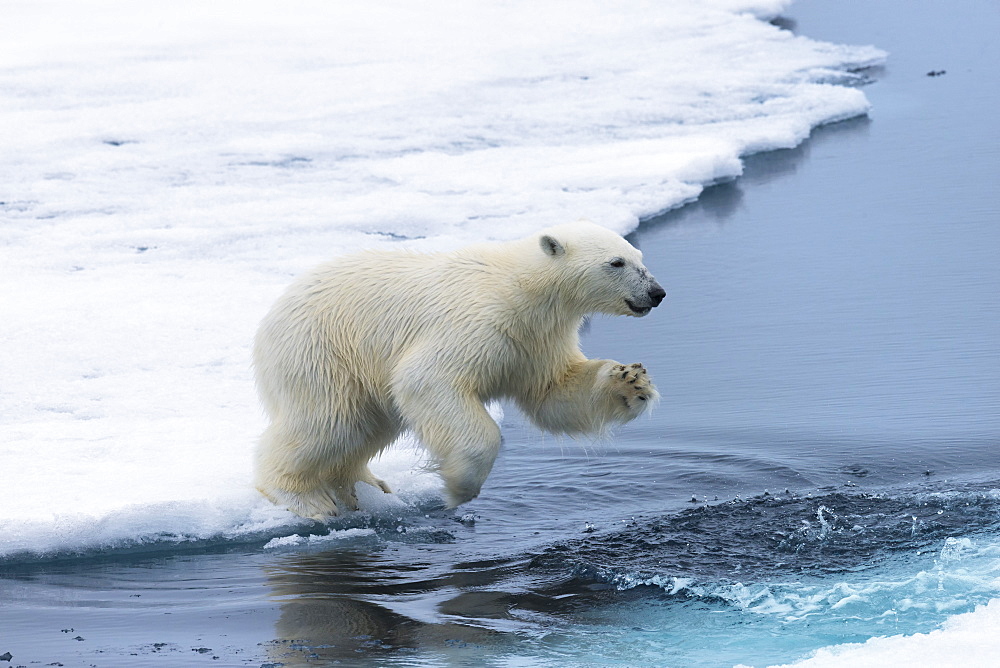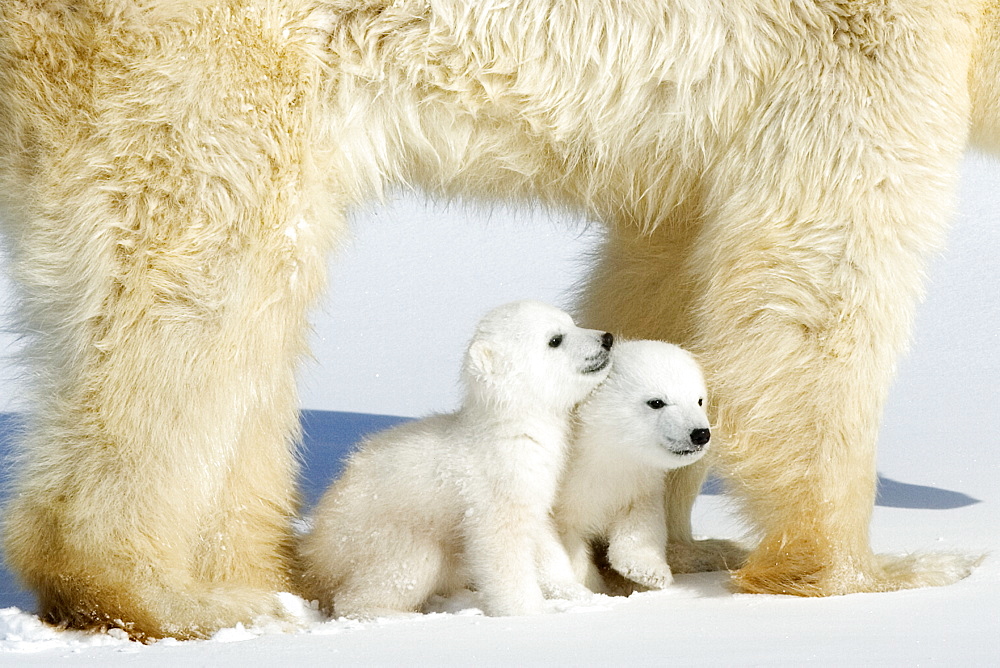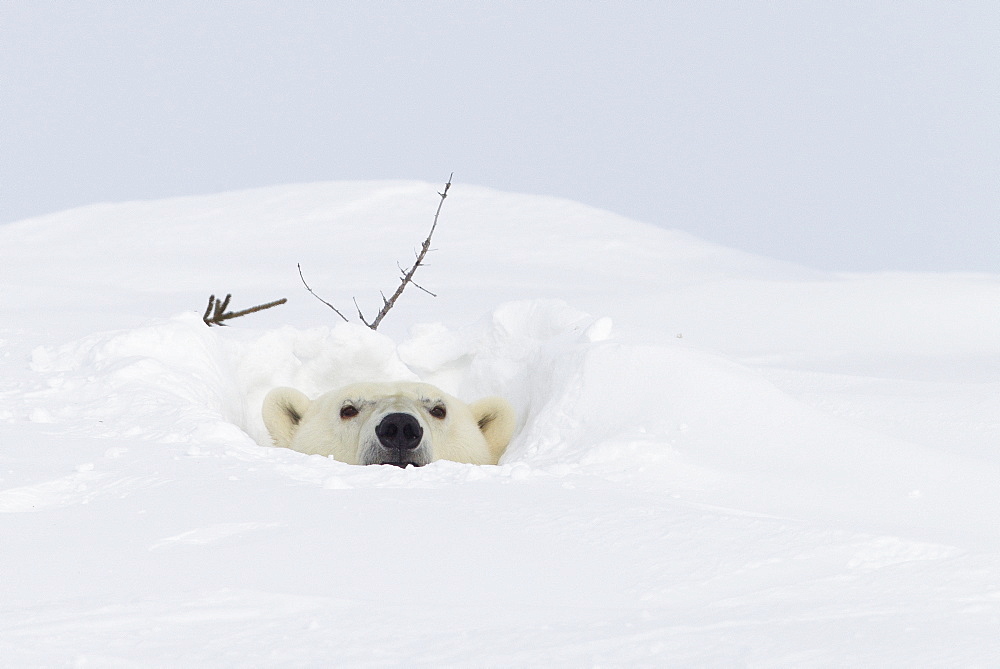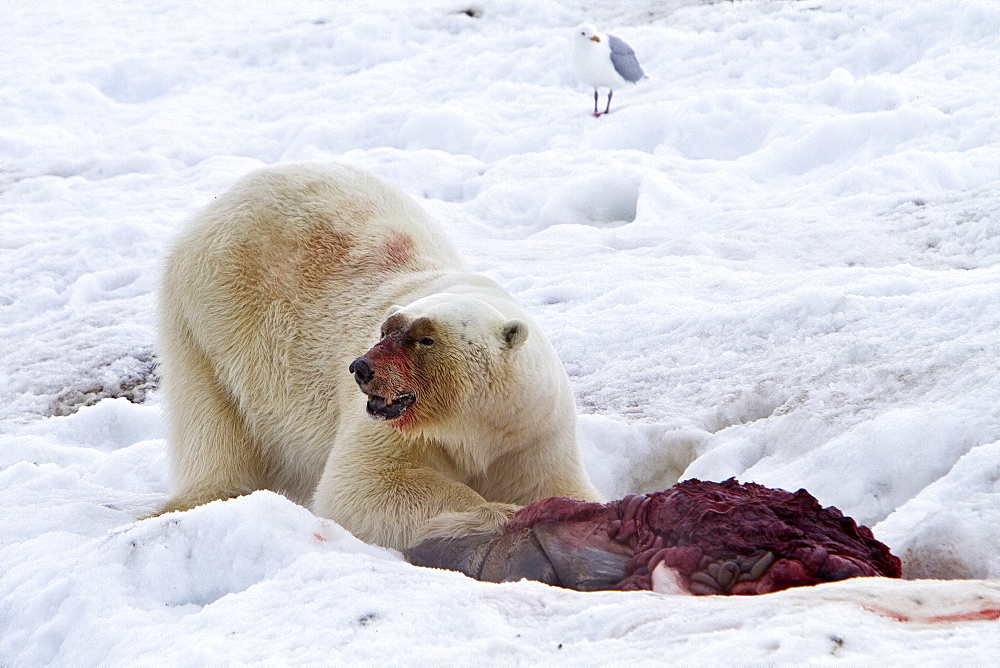Arctic hunter: Polar bear

The Polar bear (Ursus Maritimus), is a fascinating creature that belongs to the hyper-carnivorous family of bears. They can only be found in their native range within the Arctic Circle, which includes the Arctic Ocean and its surrounding landmasses located in North America and Eurasia’s northernmost regions. This species is considered the largest extant bear species in the world and the largest extant land carnivore. These incredible animals have adapted to their harsh environment by developing unique characteristics such as a thick layer of fur, webbed feet for swimming, and powerful forelimbs that help them move across ice with ease. Despite their ferocity, these magnificent creatures are threatened by habitat loss due to climate change and human activity. It is up to all of us to help protect these amazing animals and ensure their survival for generations to come.
Habitat
The polar bear is a marine mammal because it spends a lot of time at sea every year. Unlike other marine mammals, it has strong legs and big feet that allow it to walk long distances and run on land. It likes to live on the sea ice that forms around the Arctic Ring of Life, which includes islands in the Arctic Ocean.
Polar Bear Behaviour
Polar bears are not territorial like brown bears. Although they might seem aggressive, they usually avoid conflicts and prefer to escape. Polar bears that are not hungry rarely attack humans unless they feel really threatened. However, because they don’t have much experience with humans, polar bears that are hungry can be very unpredictable and may attack and eat people.
Polar Bear Diet
The polar bear, the most carnivorous member of the bear family, primarily feeds on ringed and bearded seals throughout most of its range. Millions of seals in the Arctic become prey when they surface through holes in the ice to breathe or haul out onto the ice to rest. Polar bears hunt mainly at the interface between ice, water, and air. They only occasionally catch seals on land or in open water.
Polar Bear Facts:
- Name: Polar Bear
- Scientific Name: Ursus maritimus
- Class: Mammalia
- Lifespan: Up to 25 years
- Diet: Carnivore
- Habitat: Arctic Circle



Sources https://en.wikipedia.org/wiki/Polar_bear https://www.robertharding.com
ABOUT US
The website everywhereyouwant.com is free to browse and can help expand your knowledge of the world. All images and videos found on this site are provided by robertharding.com, a company committed to showcasing award-winning photographers and their world-class images and videos.
All images and videos on this website are copyrighted. They cannot be reused, including publishing in print, online or sharing on social media, without purchasing a license from robertharding.com